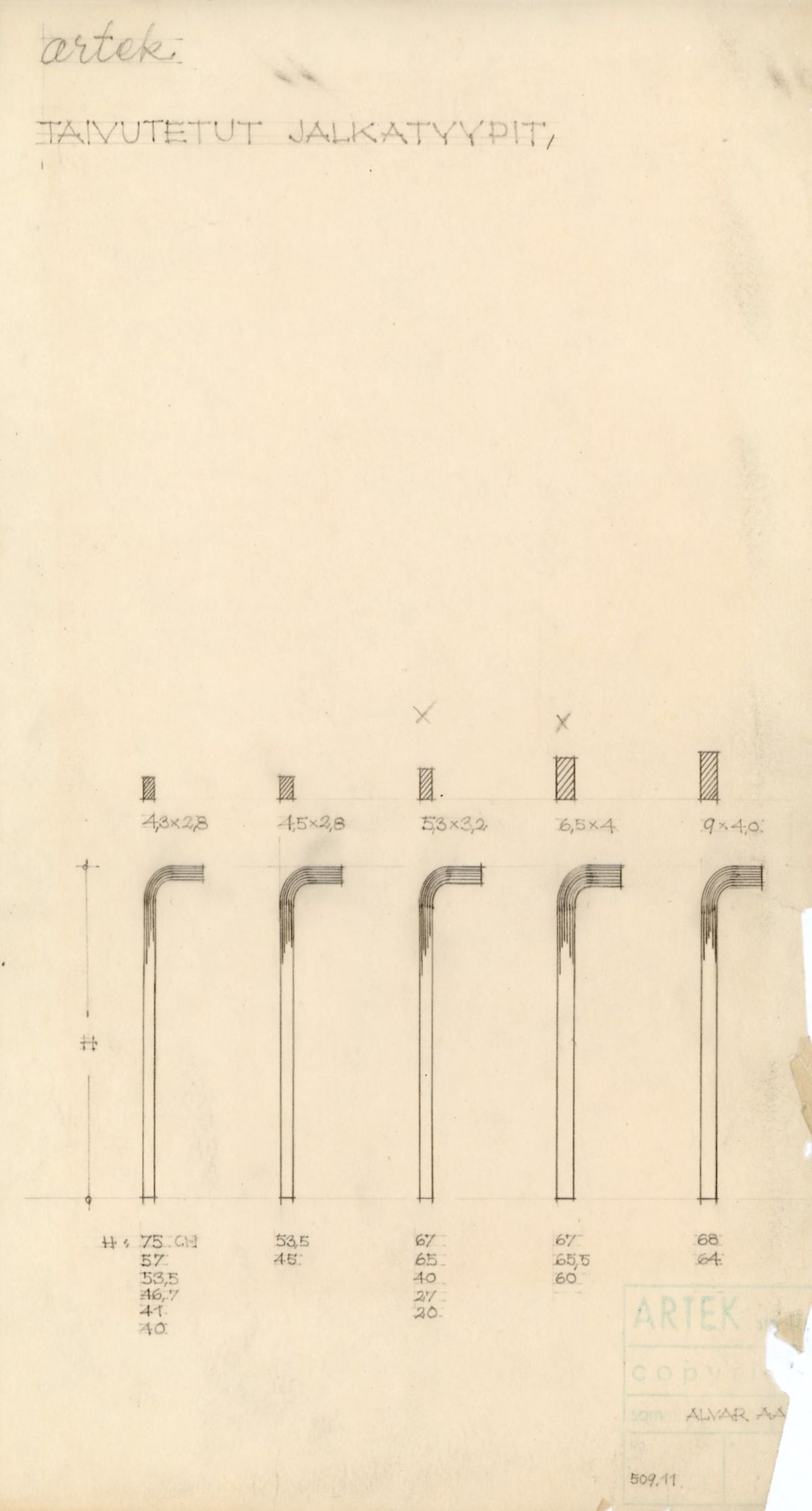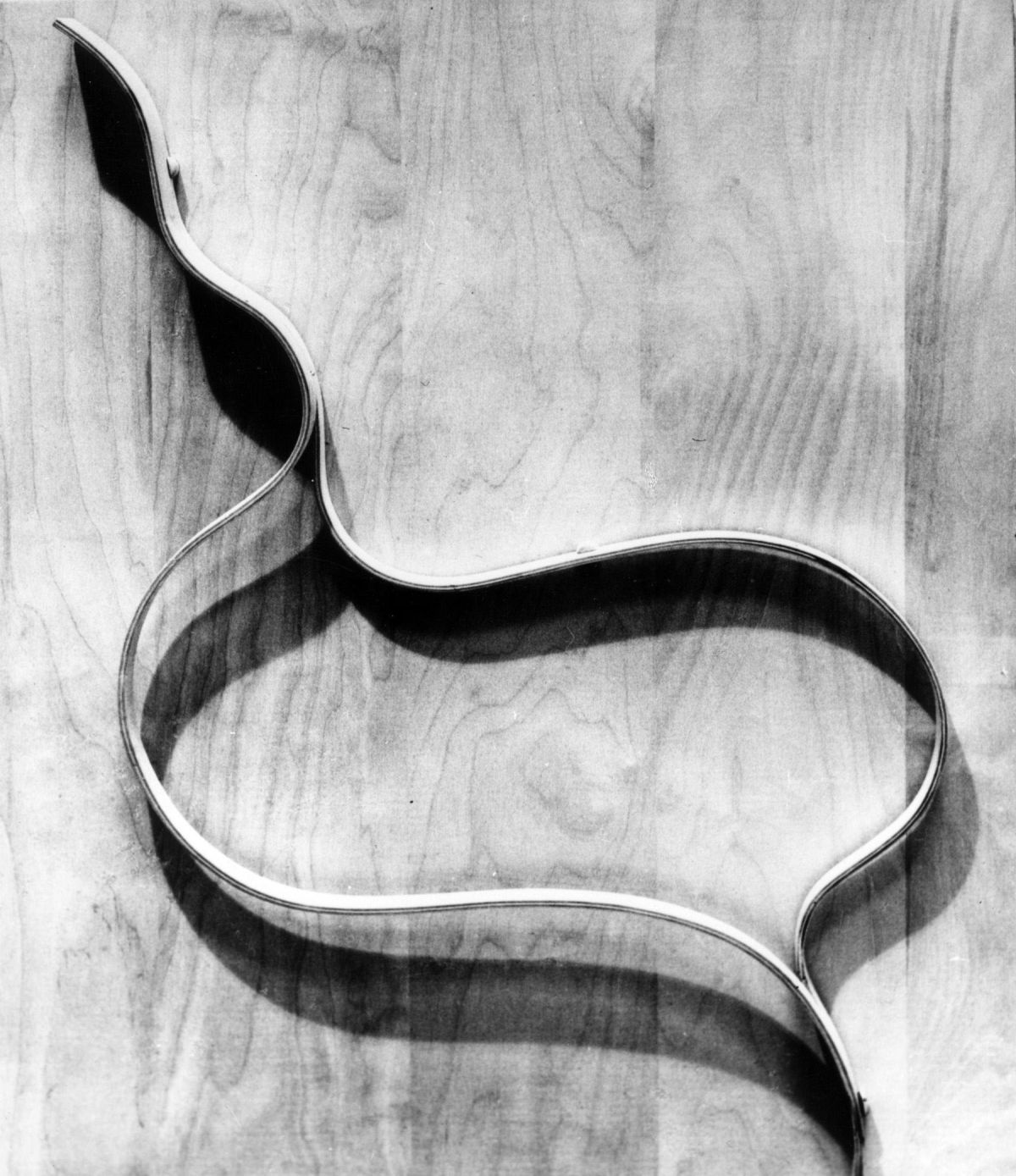
About Artek
Art & Technology since 1935

Artek was founded in Helsinki in 1935 by four young idealists: Alvar and Aino Aalto, Maire Gullichsen, and Nils-Gustav Hahl. Their goal was “to sell furniture and to promote a modern culture of living by exhibitions and other educational means.”
In keeping with the radical spirit of its founders, Artek today remains an innovative player in the world of modern design, developing new products at the intersection of design, architecture, and art.
The Artek collection consists of furniture, lighting, and accessories designed by Finnish masters and leading international designers. It stands for clarity, functionality, and poetic simplicity.
The name Artek is a synthesis of "art" and ‘technology’ – concepts central to the international modernist movement that came to prominence in the 1920s. It was Walter Gropius, a key proponent of modernism, who coined the motto ‘art and technology – a new unity.’ Technology was understood to include science and industrial production methods, while the conception of art extended beyond the fine arts to encompass architecture and design.
Modernism aimed to achieve a fruitful union of these two spheres. This same aspiration guided the founders of Artek in their naming of the company.




The Artek Manifest lays out the vision of the company’s four founders. Though the immediate impetus was to professionalise the international distribution of the Aaltos’ designs, the Manifest ties Artek to a cultural mission far beyond the purely commercial.
With headlines like Modern Art, Industry and Interior Design, Propaganda, the Manifest makes Artek’s aims clear: to achieve a synthesis of the arts, improve everyday living, and bring modernism to Finland – while transporting Alvar Aalto’s Nordic interpretation of these principles out into the world.


Characteristic of Alvar Aalto’s work is the system of standardised individual components that can be pieced together to form a comprehensive collection of furniture.
While the origins of the idea can be seen in the L-leg, the Aalto collection takes the concept further: products can be easily combined and coordinated with one another, formats like table sizes and heights are flexible, and surfaces and colours can be customised even for small projects.
Alvar Aalto was fascinated by wood, keen to explore its possibilities, find out where its limits lay, and discover what modern production methods could achieve.
In the late 1920s, Aalto collaborated with the furniture manufacturer Otto Korhonen on a number of innovative techniques. This led to the development of the L-leg, an L-shaped leg composed of solid bent wood that enabled the creation of more than 50 different products.
Further experiments with pressed plywood and laminated birch lamella yielded results that made possible some of Aalto’s most iconic designs.



